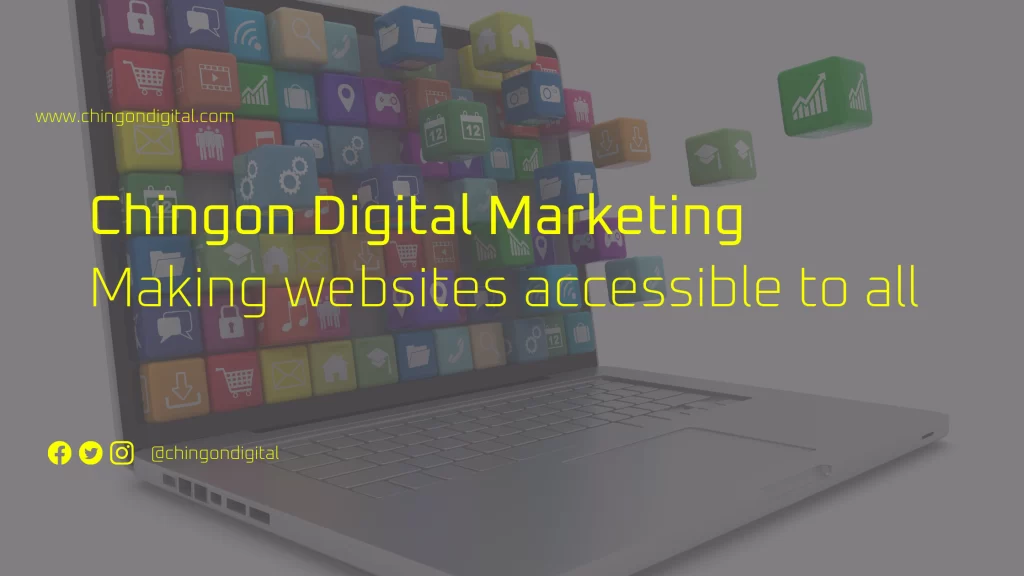In today’s digital world, having a website is essential for any business or organization. However, it’s important to make sure that your website is accessible to all users, including those with disabilities. By doing so, you are not only complying with legal requirements but also providing a better user experience for all users.
Why Accessibility Matters
Accessibility means making sure that everyone, including people with disabilities, can access and use your website. People with disabilities include those with visual, auditory, physical, and cognitive impairments. By making your website accessible, you are ensuring that these users can easily access your information and services, just like anyone else.
But accessibility is not just about complying with legal requirements, such as the Americans with Disabilities Act (ADA) or the Web Content Accessibility Guidelines (WCAG). It’s about creating a better user experience for all users. By implementing accessibility best practices, you are also improving the usability of the site for everyone. For example, by providing alternative text for images, you are not only making the website accessible to people with visual impairments but also providing useful information for people who have slow internet connections or who are using a text-only browser.
How to Implement Accessibility Best Practices
Here are some best practices for making your website accessible:
- Use descriptive headings and proper markup
Headings provide structure to your content and make it easier to navigate. Make sure to use descriptive headings and use proper HTML markup, such as <h1>, <h2>, and <h3>, to indicate the hierarchy of headings.
- Provide alternative text for images
Alternative text, or alt text, is a text description of an image that is read by screen readers for people with visual impairments. Make sure to provide descriptive alt text for all images on your website.
- Use meaningful link text
Instead of using “click here” or “read more” as link text, use descriptive link text that indicates where the link goes. This helps users with screen readers and also improves the usability of the site for all users.
- Provide captions and transcripts for audio and video content
Captions and transcripts provide access to audio and video content for users who are deaf or hard of hearing. They also provide a useful reference for all users.
- Make sure your website is keyboard accessible
Many users with disabilities rely on keyboard navigation to navigate the web. Make sure your website can be navigated using only the keyboard, without requiring the use of a mouse.
- Use color with care
Color can be used to convey meaning, but it should not be the only way to convey information. Make sure to provide alternative ways to convey information, such as using text or symbols.
- Test your website for accessibility
Use accessibility testing tools, such as the Web Accessibility Evaluation Tool (WAVE) or the Accessibility Insights for Web tool, to test your website for accessibility issues. You can also hire an accessibility consultant to perform a thorough accessibility audit.
Conclusion
Making your website accessible is not only a legal requirement but also a best practice for creating a better user experience for all users. By implementing accessibility best practices, you can improve the usability of the site for everyone, including people with disabilities. Remember, accessibility is not just about compliance but also about creating an inclusive and welcoming online environment.
